Let's dive into one of our favorite topics: modern house interior design. The rise in popularity of this design aesthetic is undeniable, captivating homeowners and interior decorators alike. With its emphasis on simplicity, practicality, and stunning visual appeal, a modern interior can maximize space and create a sense of calm. So, if you're looking to transform your home into a stylish and functional masterpiece, this comprehensive guide is for you.
Defining Modern House Interior Design
What exactly is modern house interior design, and how does it differ from other styles? At its core, modern interior design is defined by sleek, clean lines and a minimalist aesthetic. It values both form and function, prioritizing practicality without compromising beauty.
Although the terms "modern" and "contemporary" are often used interchangeably, they have distinct meanings. "Modern" refers to a specific period, typically the early to mid-20th century, characterized by a particular design aesthetic. On the other hand, "contemporary" refers to the present time and encompasses various styles and trends.
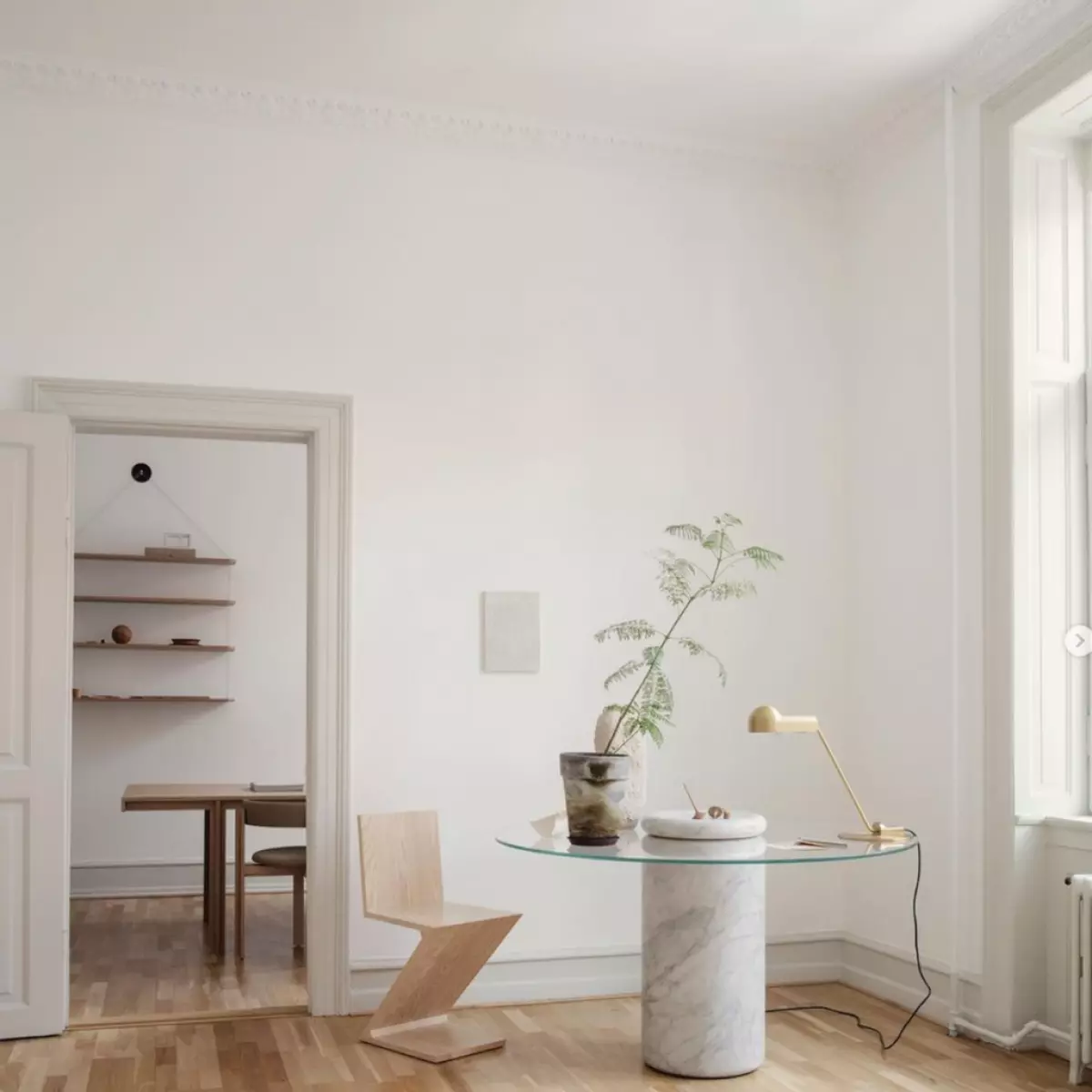 (source: @gabrielrossshop)
(source: @gabrielrossshop)
A modern color palette draws inspiration from the early to mid-20th century, featuring bold hues such as primary red, yellow, and blue. These colors are used in simple and clean designs, emphasizing minimalism and functionality. While modern interior design can encompass different styles, such as Scandinavian, industrial, and mid-century modern, they all share a common thread of simplicity and sophistication.
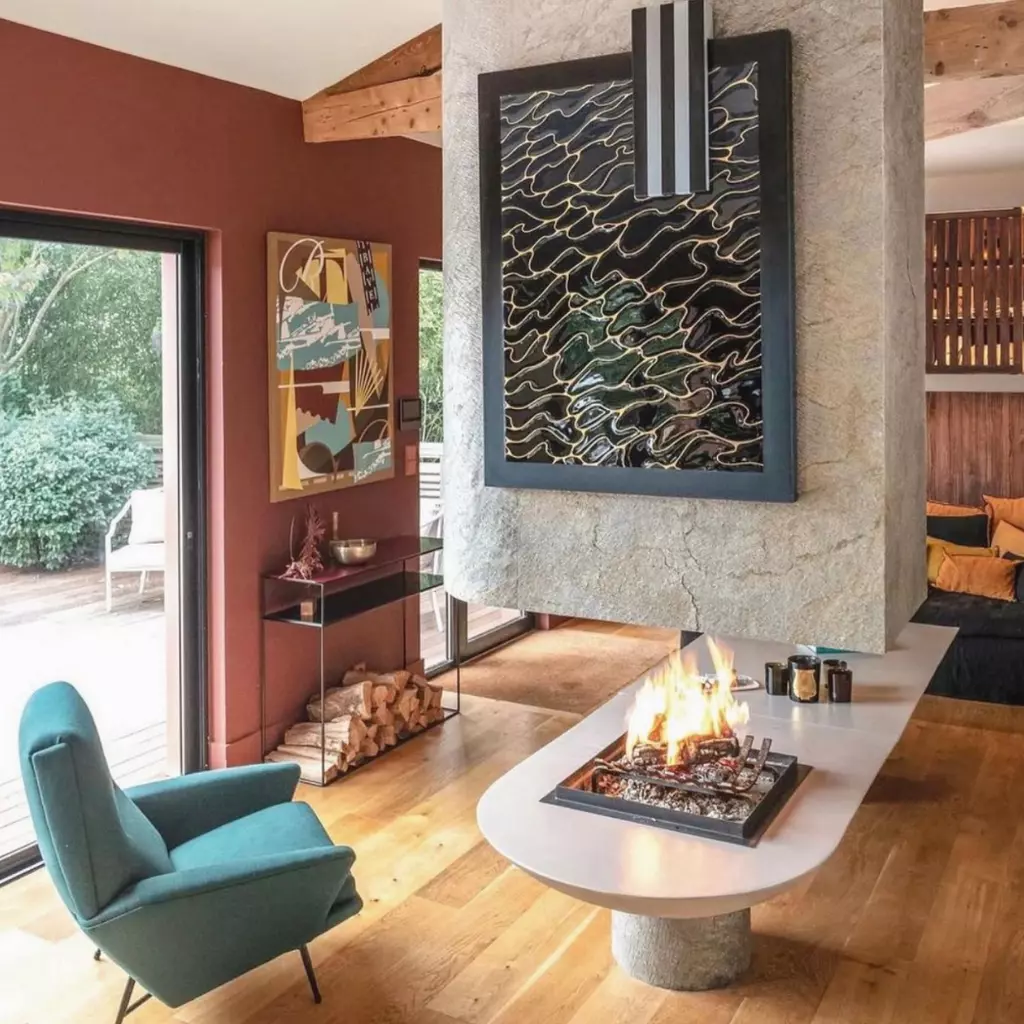 (source: @cotemaison)
(source: @cotemaison)
Feel free to mix different styles and design elements to create a unique and personalized space that reflects your personality. Just ensure that the different styles work harmoniously together.
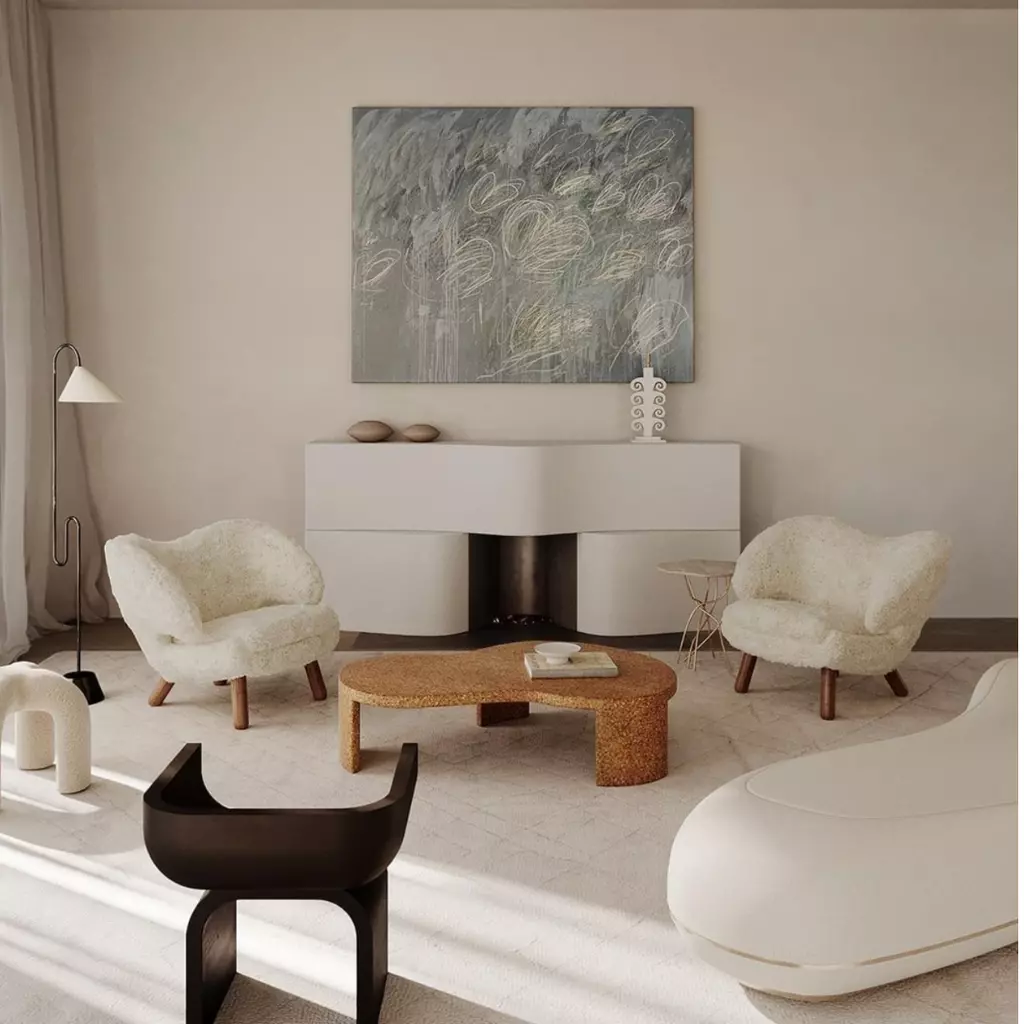 (source: @michaelabramsinteriors)
(source: @michaelabramsinteriors)
Choosing Your Colors and Materials
Colors and materials play a vital role in creating a cohesive and visually stunning modern interior. A neutral color palette is fundamental, as it establishes a sense of calm and provides a backdrop for other design elements to shine. Think shades of white, beige, and gray, with occasional pops of muted colors like navy blue or sage green.
Don't be afraid to add a touch of color to your modern interior. Bold pops of color can create eye-catching focal points and inject a sense of playfulness into the space.
When it comes to materials, glass, metal, and wood are popular choices due to their clean lines and versatility. Glass adds transparency and openness, metal brings an industrial chic vibe, and wood adds warmth and organic beauty.
 (source: @koola.suchus)
(source: @koola.suchus)
When selecting materials, consider the overall style you want to achieve and the functionality of the space. For a minimalist aesthetic, opt for a glass coffee table or metal bookshelves. If you desire a cozy and inviting atmosphere, consider a wood accent wall or a woven rug. The right materials will create a visually striking space that is uniquely yours.
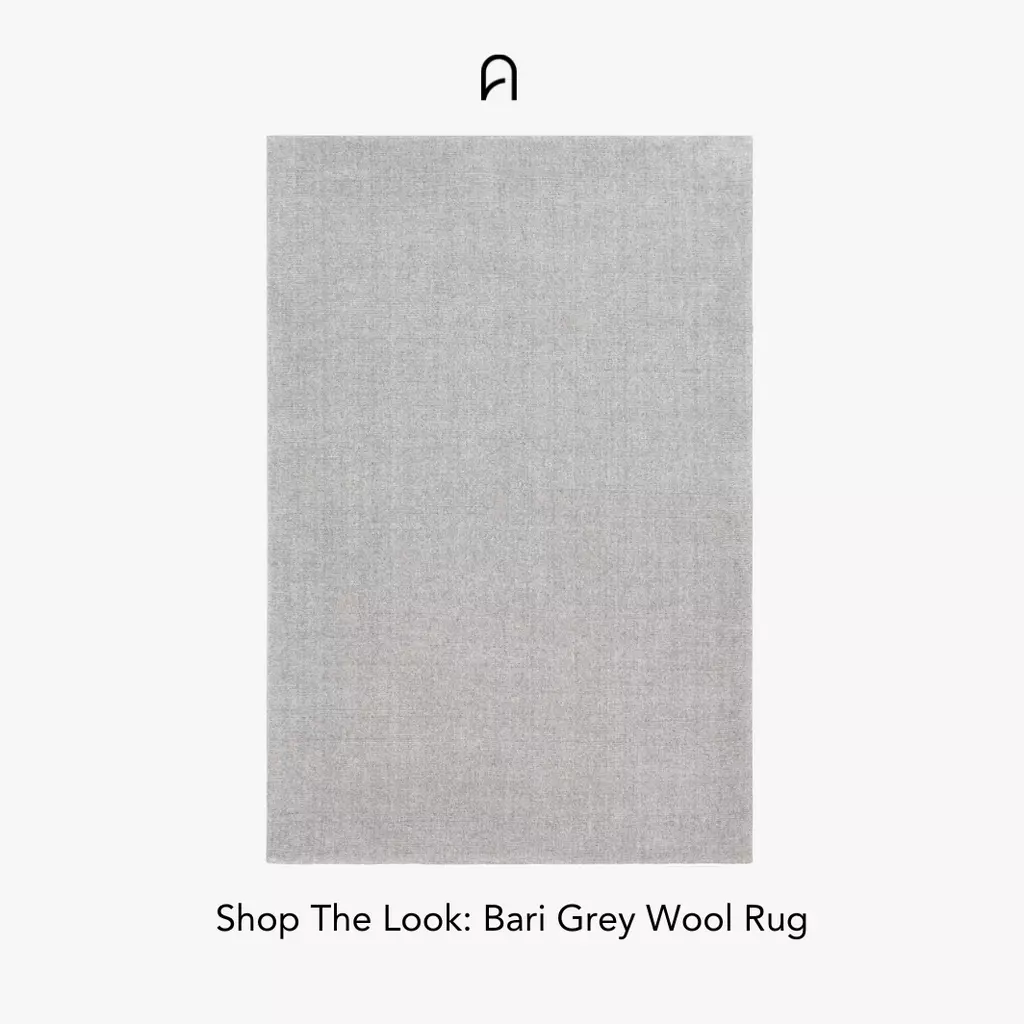
Exploring Furniture and Decor
In a modern interior, furniture and decor go beyond functionality - they become pieces of art that elevate your space. It's essential to strike a balance between function and style when selecting furniture and decor for your modern interior.
Negative space, or the space between objects, is a key principle of modern interior design. It creates a sense of airiness and simplicity. In a modern interior, each piece of furniture and decor should serve a purpose, and there should be ample room for the eye to rest.
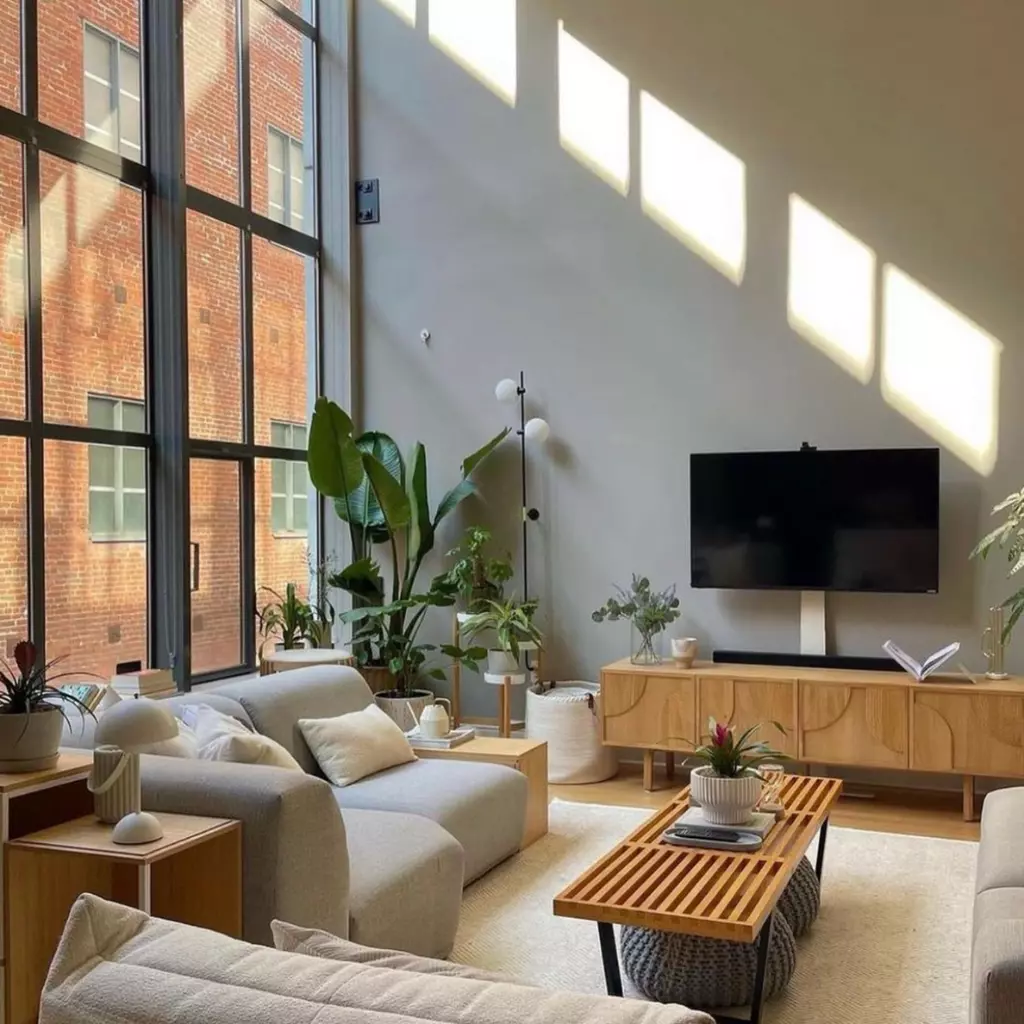 (source: @imericwang)
(source: @imericwang)
When choosing furniture, opt for clean lines and simple shapes. Look for pieces with sleek metal or wood frames and avoid ornate or fussy details. Sectional sofas, platform beds, and geometric coffee tables are excellent choices.
Mixing different furniture styles can create an eclectic and visually interesting space. Just ensure that each piece has a similar tone or aesthetic. For example, pairing a mid-century modern armchair with a contemporary sofa in similar shades of gray can create a cohesive look.
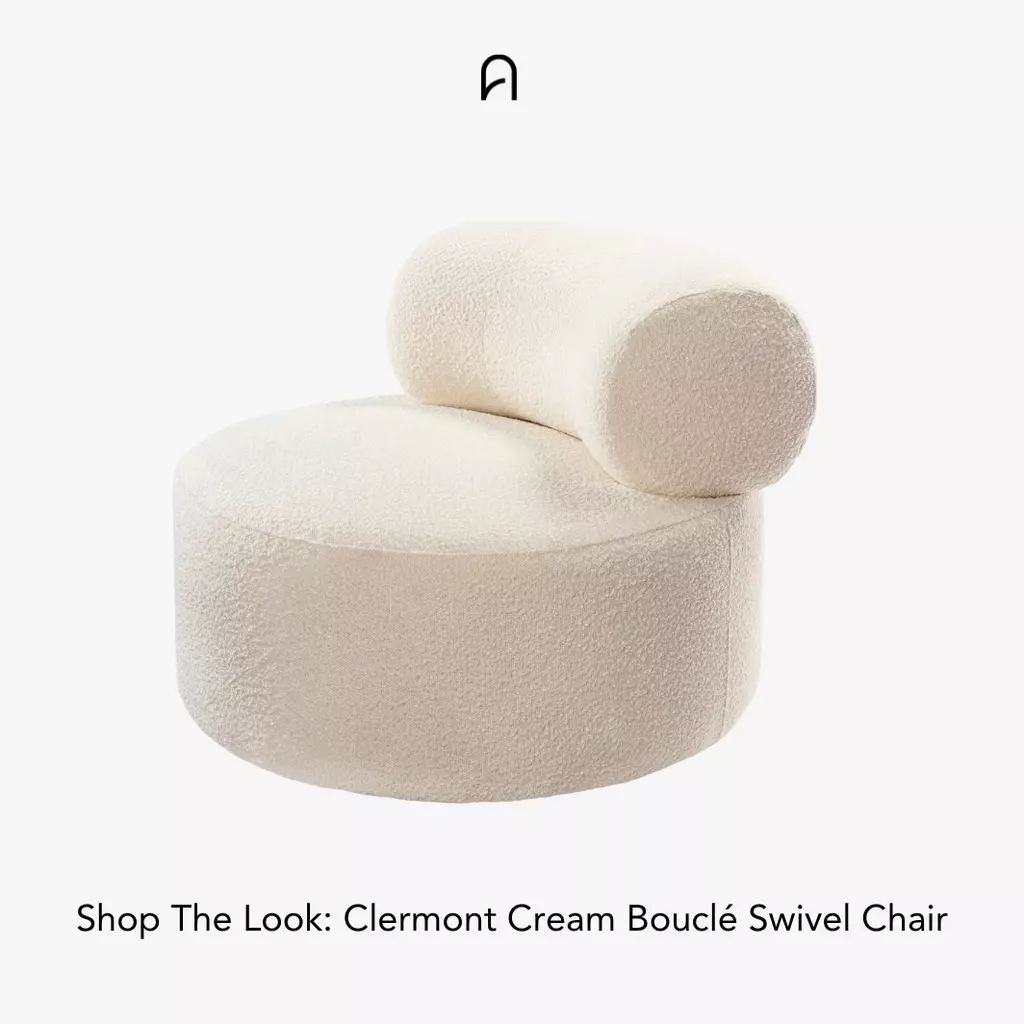
To create a focal point in your modern interior, incorporate a statement piece of furniture or decor. This could be a bold artwork, a unique light fixture, or a sculptural coffee table. Remember, less is often more in a modern interior, so choose one or two key pieces that demand attention.

Lighting, Lighting, Lighting
Now, let's talk about lighting, a crucial element in any modern interior. Lighting can create a sense of warmth, texture, and depth. Multiple light sources are key to achieving a layered and dynamic space. Recessed lighting, pendant lights, and floor lamps are fantastic options for adding depth and visual interest. By incorporating various light sources, you can create a sense of drama that elevates your space.
Natural light also plays a role in creating a modern interior. Sheer or translucent window treatments allow light to filter through while maintaining privacy. If your space lacks natural light, strategically placed mirrors or metallic surfaces can create the illusion of brightness and depth.
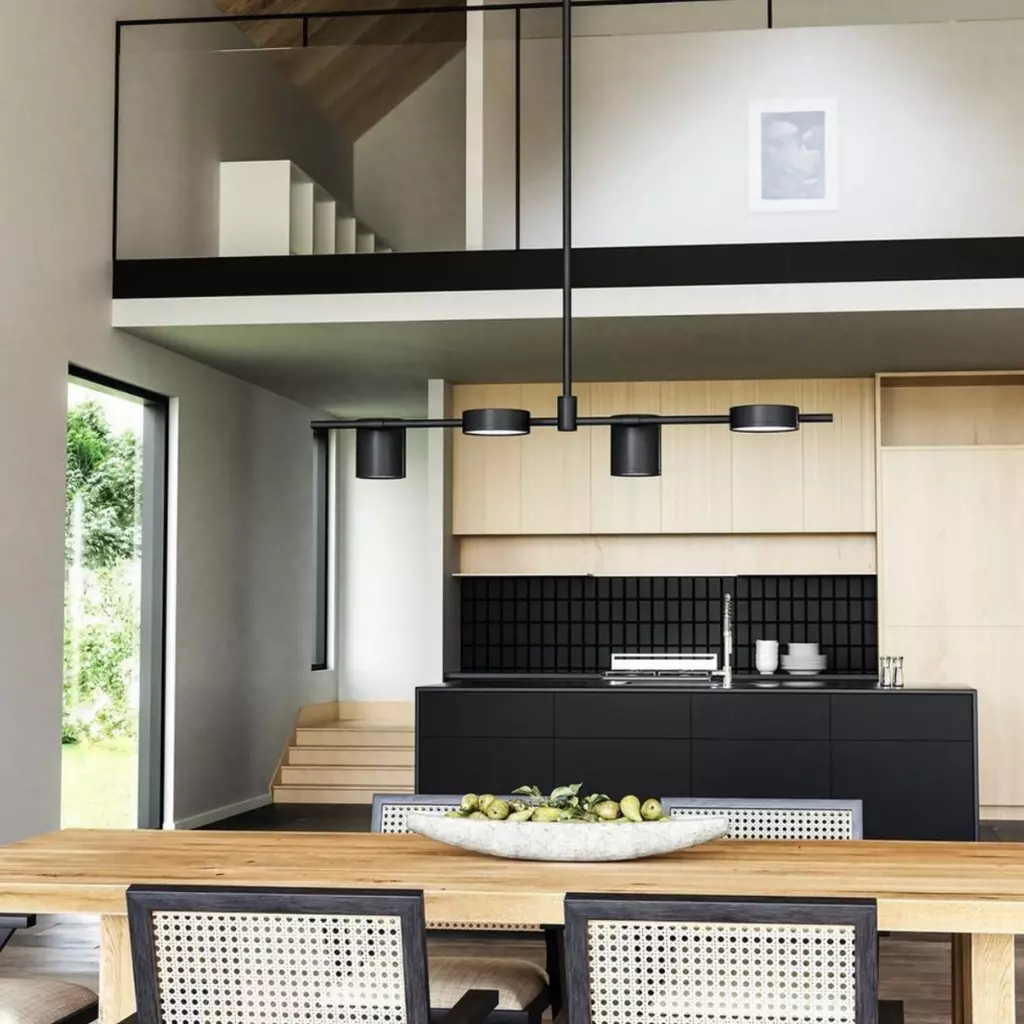 (source: @designlightinglethbridge)
(source: @designlightinglethbridge)
Lighting can also make a small space feel more expansive. Recessed lighting or uplighting can create the illusion of height and space. Table lamps or floor lamps with adjustable shades allow you to direct light where it's needed, creating an intimate atmosphere.
To ensure a successful lighting plan, avoid common mistakes. Using a single overhead light can create harsh shadows, so consider incorporating multiple light sources. Additionally, using light fixtures that are too small or too large for the space can disrupt the room's balance. By avoiding these mistakes and creating a layered and dynamic lighting scheme, you can achieve a modern interior that is both functional and visually stunning.
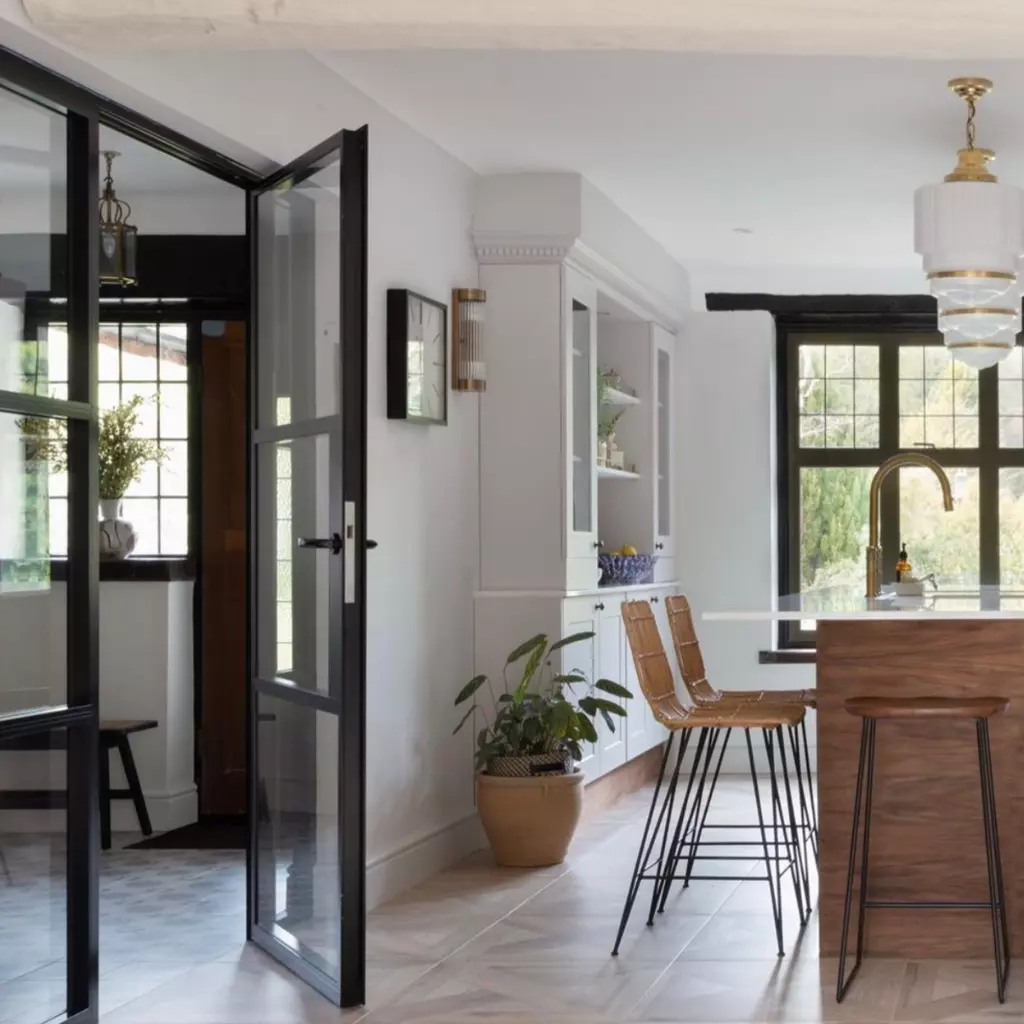 (source: @emma.merry.styling)
(source: @emma.merry.styling)
Ready to Get Started?
We've explored the key principles of modern house interior design, covering color and material choices, furniture and decor, and lighting. Now, it's time to put your ideas into action and create a space that is both functional and visually stunning.
To recap, modern interior design values simplicity, sophistication, and function. A neutral color palette, clean lines, and negative space are essential elements. Materials like glass, metal, and wood add to the overall aesthetic.
When selecting furniture and decor, strike a balance between form and function. Mixing different styles can create an eclectic and interesting space. Incorporating statement pieces adds drama and visual interest.
Lighting is crucial for a modern interior. Use a variety of light sources to create depth and texture, and make the most of natural light. Avoid common lighting mistakes to maintain balance and harmony in the room.
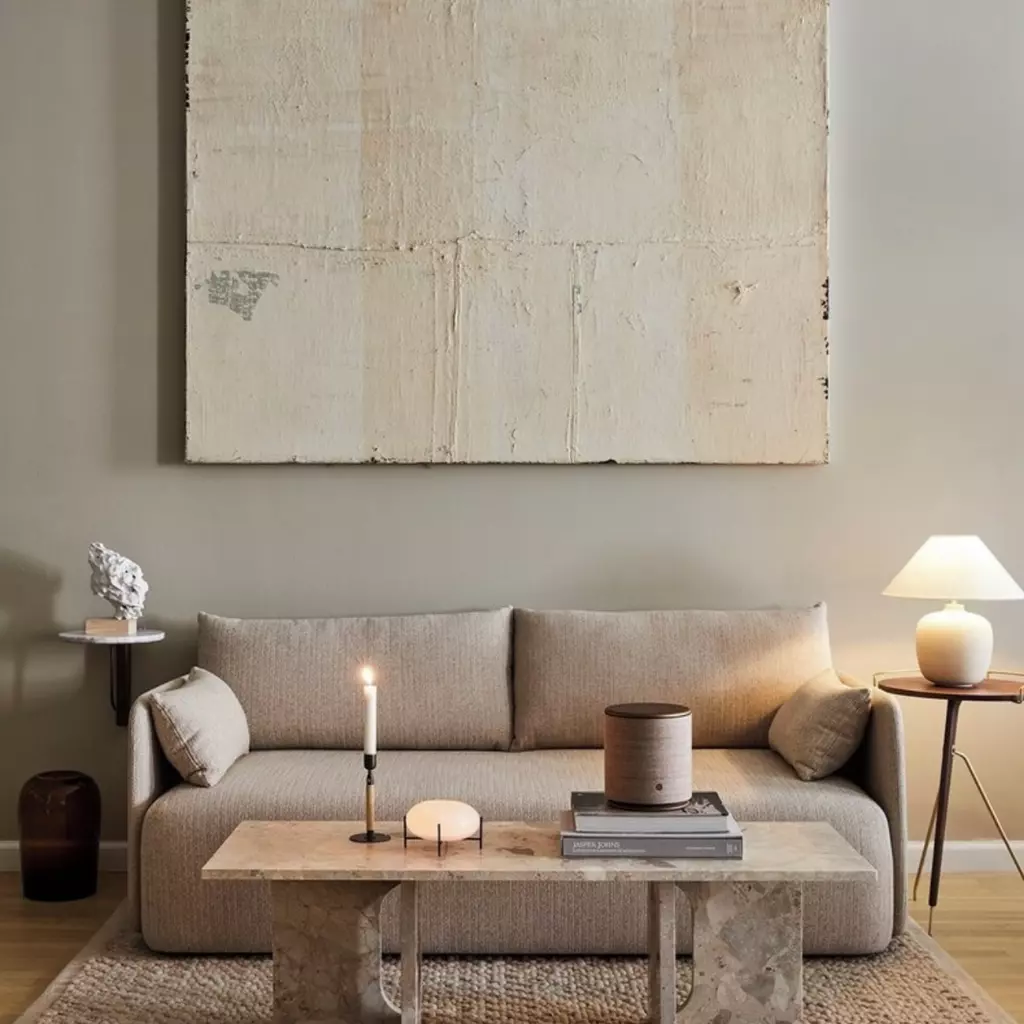 (source: @menuspace)
(source: @menuspace)
Remember, you don't need to be an expert to create a modern interior in your own home. This guide serves as a checklist for bringing your vision to life. Embrace your personal style, experiment with different elements, and create a space that is uniquely yours.
So, are you ready to embark on your modern house interior design journey? Start today and transform your home into a stylish and functional masterpiece.












